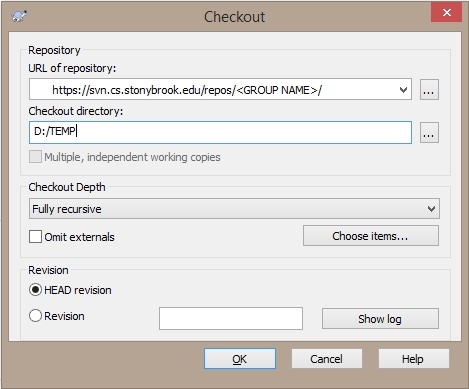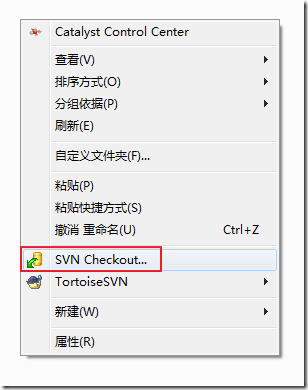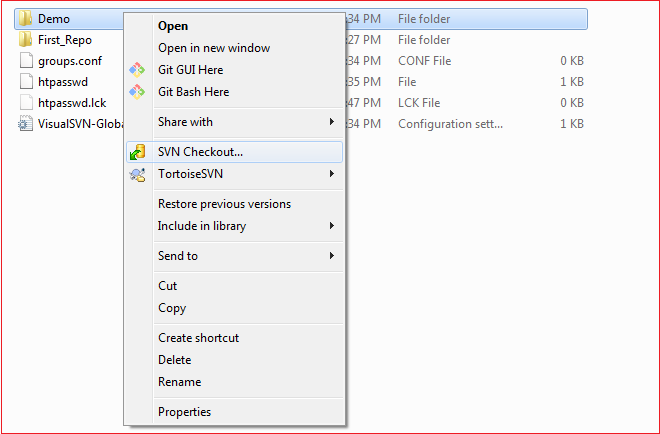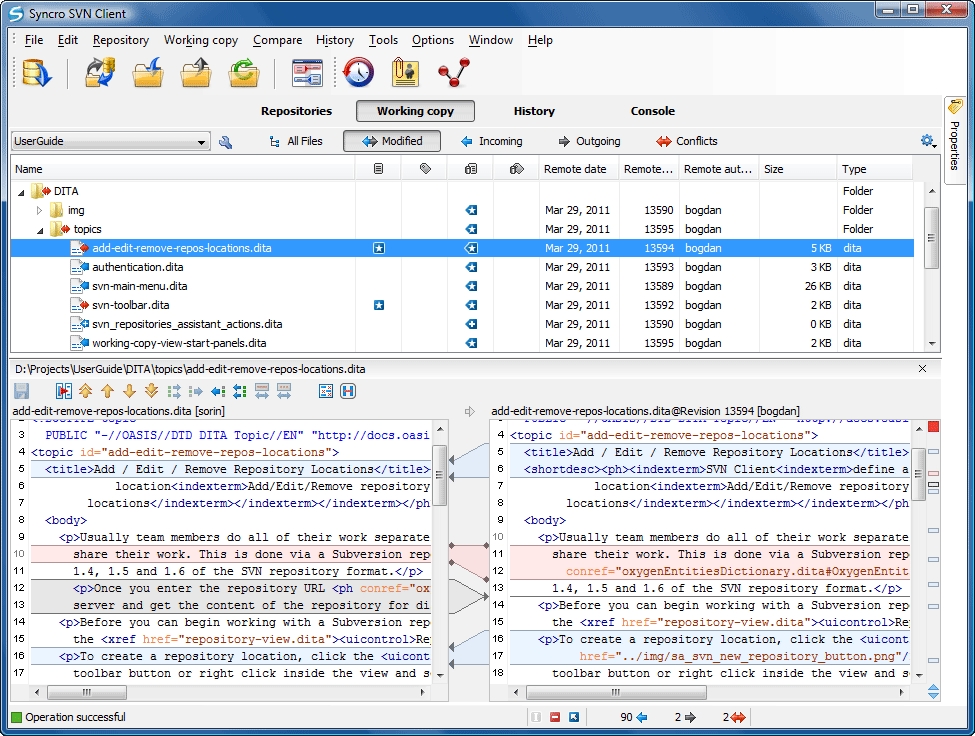
Revision to be checked out (HEAD or a selected revision). In the SVN Checkout Options dialog, specify the following settings: If you are checking out sources for an existing project, the destination folder should be below the project content root. In the dialog that opens, specify the destination directory where the local copy of the repository files will be created, and click OK. In the Get from Version Control dialog, click Add Repository Location and specify the repository URL. After making the necessary changes, you can publish the results by committing, or checking in your changes to the repository.įrom the main menu, choose VCS | Get from Version Control. That is, you’ll have to have a custom shell script-something like /usr/local/bin/svnserve-that modifies the arguments that ssh+svn-connected users pass to svnserve.Check out files from Subversion repositoryīy checking out files from a Subversion repository, you obtain a local working copy of the repository, which you can edit. To do this, you’ll have to be using an svnserve wrapper. It defaults to something like 16 MB, but if you’re running a dedicated server on halfway reasonable hardware, you can allocate way more than that.

If you’re using the svn:// protocol: Bump the size of SVN’s in-memory cache. (It’s quite a bit slower than AES, which typically benefits from hardware acceleration.) You should have a line in the file that looks like this:Ĭiphers forget to restart your SSH server after making the change!
Svn checkout plus#
If your server defaults to 3DES, it’s another security risk plus performance disaster.

Svn checkout upgrade#


Note that these are in no particular order… it’s hard to say what will give you the biggest bang for your buck. That said, all of these are pretty cheap gags, so if checkout time is a priority, you might as well try them all! Here are all the things we changed on the server to speed up SVN. If you’re serving SVN via Apache or something, you might need very different advice. Note that some of these recommendations are peculiar to using the svn+ssh:// protocol. After moving our gigantic SVN repo to a new server, we wanted to speed it up.


 0 kommentar(er)
0 kommentar(er)
